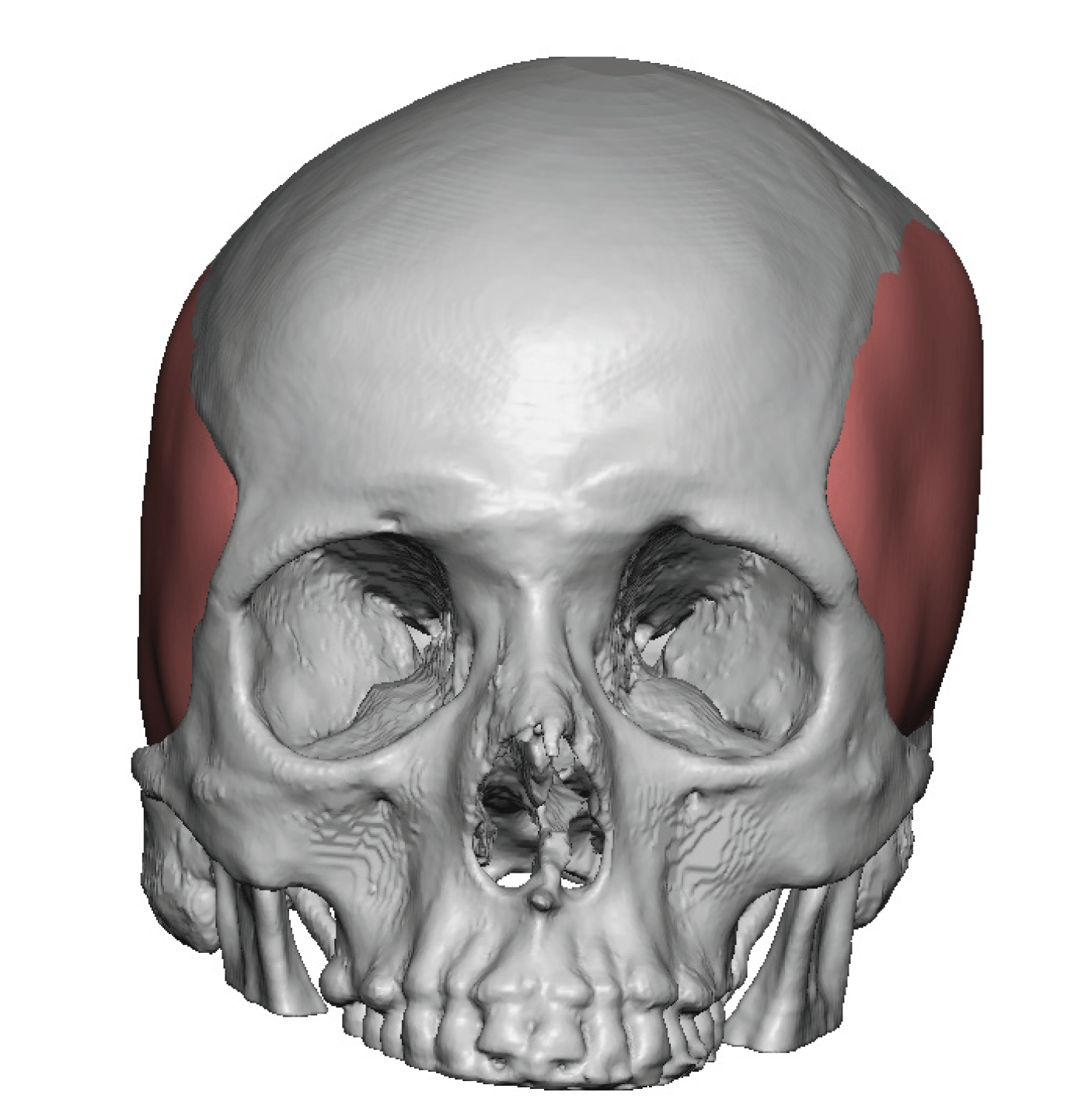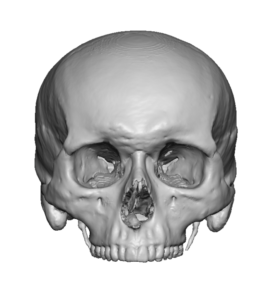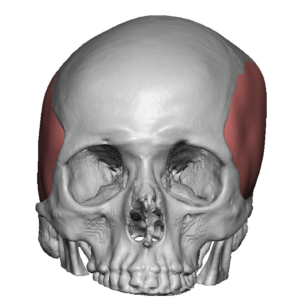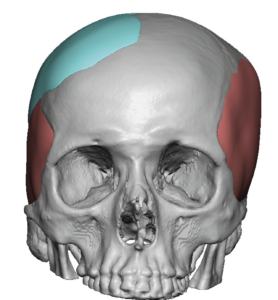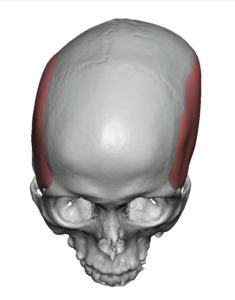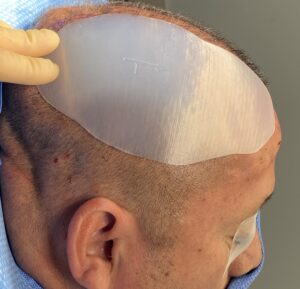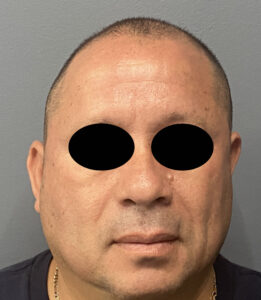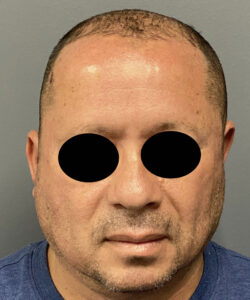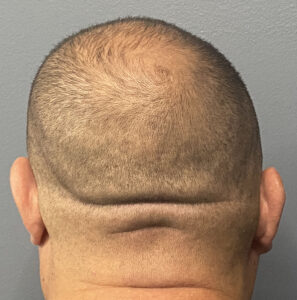Background: The term ‘lopsided’ refers to a paired entity in which one side is lower or smaller than the other. In medical terms ‘asymmetry’ is more commonly used. But either description applies to various forms of head shape abnormalities in which there is a discrepancy between the shape of its two sides. Plagiocephaly is the most well known type of a lopsided or asymmetric head shape but it is not the only one.

This form of a lopsided head shape is one of the most noticeable since it is seen frontally. It makes the head look like a part of it has been cut off. A custom skull implant can resolve this lopsided head shape but part of its design must cross the underdeveloped bony temporal line onto the side of the head on top of the muscle.
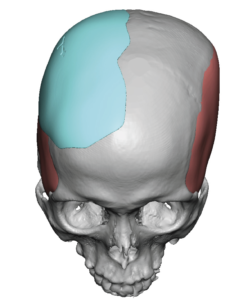


One type of lopsided head shape, and often the most aesthetically noticeable, is when one temporal line of the skull does not develop as much as the other side. This makes the shape of the head asymmetric as the smaller side has steeper slope or transition into the side of the head. The custom skull implant designed to treat it is much longer than it is wide which makes it possible to place through a remarkably small scalp incision.
Case Highlights:
1) A decreased convexity on one side of the top of the head creates a very visible frontal asymmetry.
2) Lack of development of the bony temporal of the skull creates a more flat transition between the top and side of the head, creating a lop-sided head appearance.
3) A custom skull implant can be designed for the lop-sided head that can be placed through a remarkably small scalp incision.
Dr. Barry Eppley
World-Renowned Plastic Surgeon

